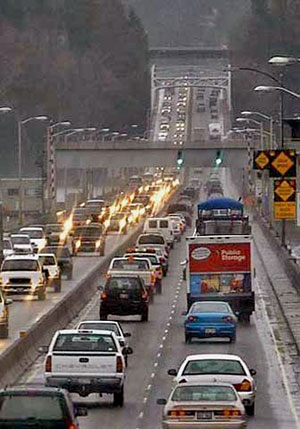The Port of New Orleans Should Find Its Own Money
This gentleman, the Executive Director of the Port of New Orleans, thinks that you should keep paying to keep the silt from building up on the Mississippi River bottom:
“All that water is bringing a whole lot of sediment,” LaGrange says. “When it starts falling, the sediment will drop out.” He says the Lower Mississippi has a design channel depth of 45 feet. “The last five years, the cost of dredging the Lower Mississippi River is $104 million. On an average, Congress and the Administration have appropriated $55 million to $65 million.” He explains that previously, when it ran out of funds in September, the Corps would “reprogram” funds from districts that had a surplus, and they would make their depth. “We received an announcement that this year they would no longer reprogram funds. Now, with the higher rivers, the shipping industry has projected that that shortfall will be $95 million.”
He leaned forward in his chair. “Every foot in lost depth costs the economy $1 million per ship call,” says LaGrange, because ships have to carry lighter loads. Less cargo equals less production. “We have 12,000 ship calls per year.”
That’s $12 billion per annum. “And we need $95 million.” He thinks the government should find the money.
I won’t spend time questioning his claim of economic loss.
Rather, there is a very straight forward mechanism for getting the $95 million/year. One that places the cost of dredging more closely to where it belongs.
Lagrange claims 12,000 ship calls per year. Assessing each ship call $8000 will generate $96 million.
Very straightforward and helps reduce the deficit. Lagrange should find the money. By his numbers his operation will get a rather large return.
I suspect the only ones who would oppose this are the Corp of Engineers and the folks getting subsidized.
